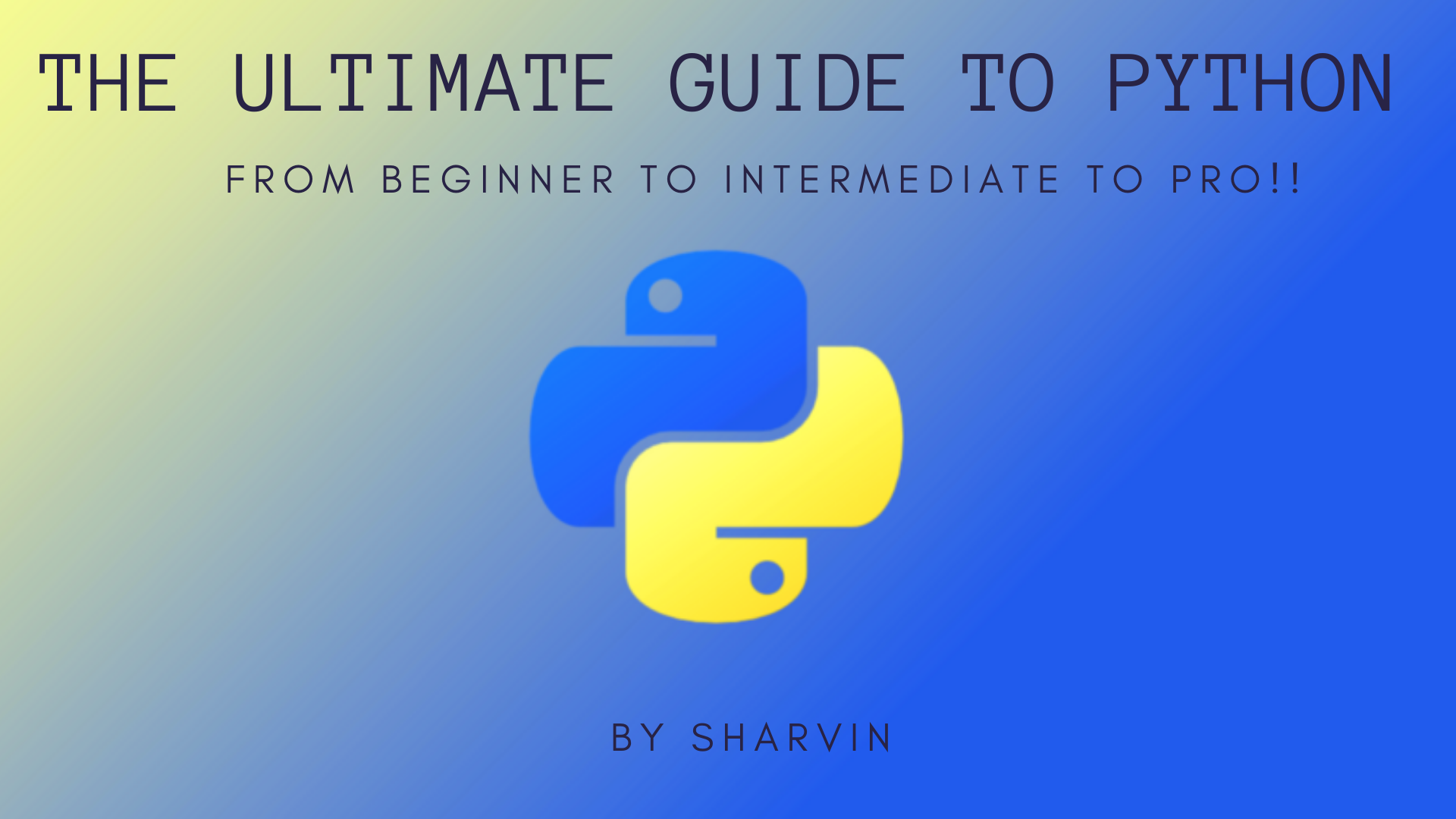If you have an interest in Data Science, Web Development, Robotics, or IoT you must learn Python. Python has become the fastest-growing programming language due to its heavy usage and wide range of applications.
For a beginner or a person from a non-tech background, learning Python is a good choice. The syntax is like talking and writing plain English. For example, consider this syntax which shows its resemblance to the English language.
print(“Hello folks”)
We will use Python3 in this tutorial as it is widely used. Most of Python’s frameworks and libraries support this version.
Note: Any version above 3.5.2 supports most of the libraries and frameworks.
Index:
-
Introduction -
Installation -
Python shell -
Comment -
Print -
Indentation -
Variables -
Operators -
Conditional Statements -
For Loops -
While loops -
User Input -
Typecasting -
Dictionaries -
Lists -
Tuples -
Sets -
Functions and Arguments -
Args -
keyword Arguments -
Default Arguments -
kwargs -
Scope -
Return Statement -
Lambda Expression -
List comprehension -
OOPS concepts -
Classes -
Methods -
Objects -
Constructor -
Instance attribute -
Class attributes -
Self -
Inheritance -
Super -
Multiple Inheritance -
Polymorphism -
Encapsulation -
Decorators -
Exceptions -
Package Import -
JSON Handling
Note: The beginning of this guide is geared towards beginners. If you have intermediate experience in Python, feel free to skip ahead using the links above.
#python #web-development #machine-learning
